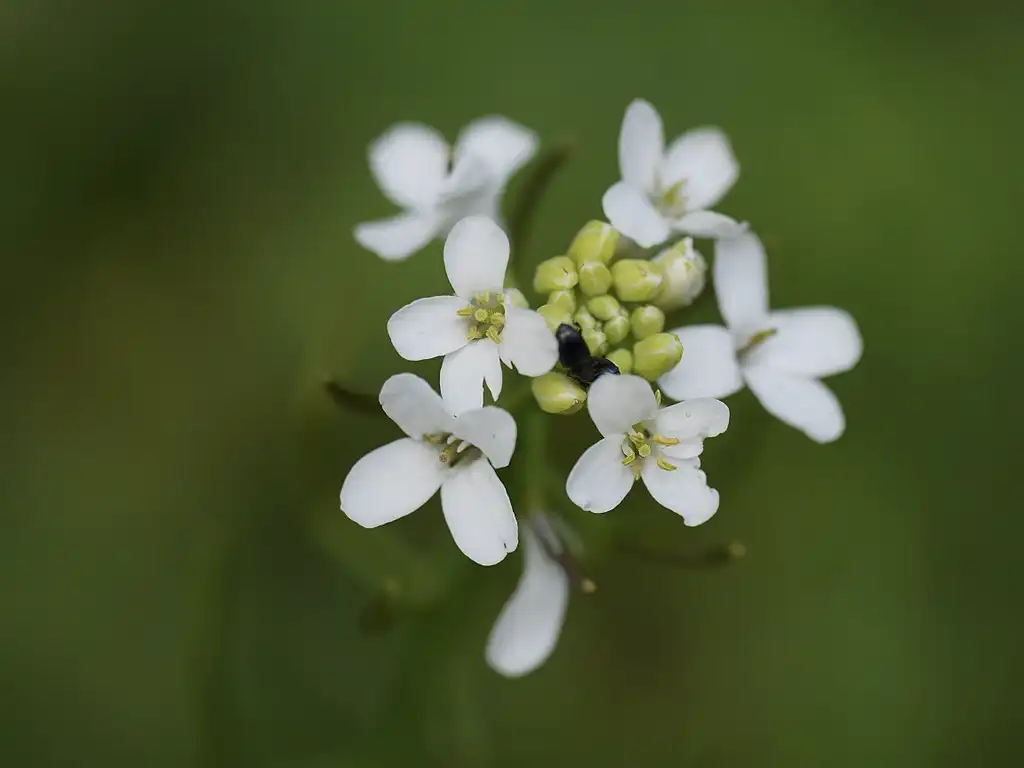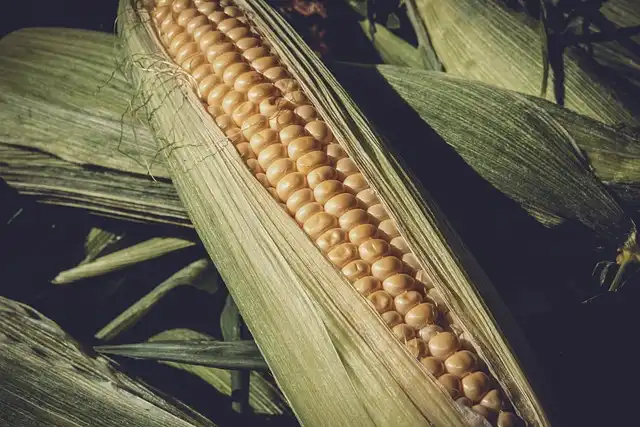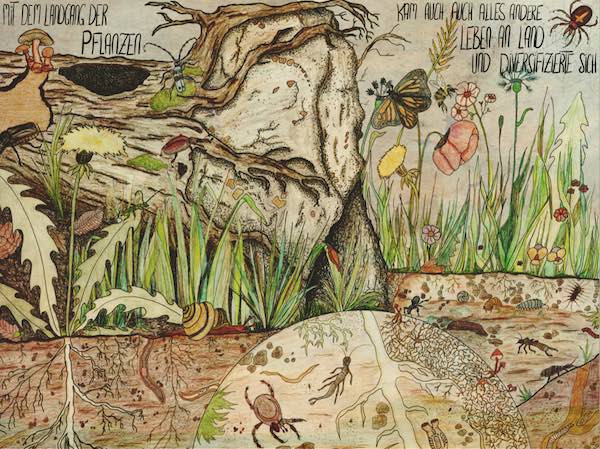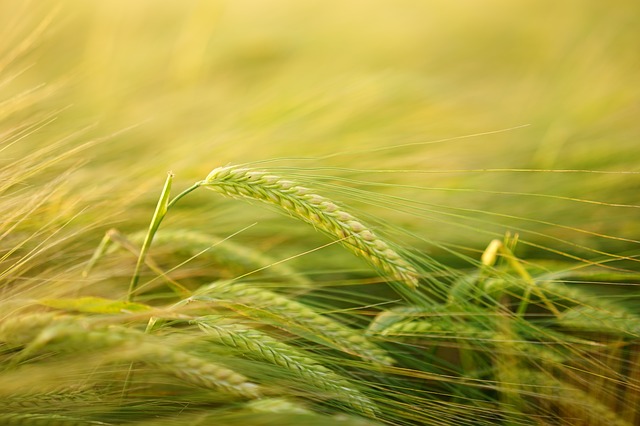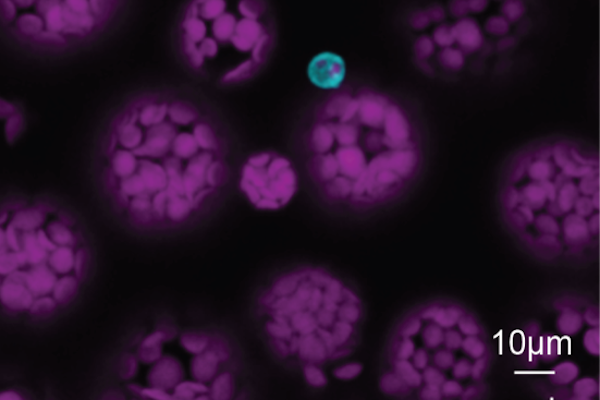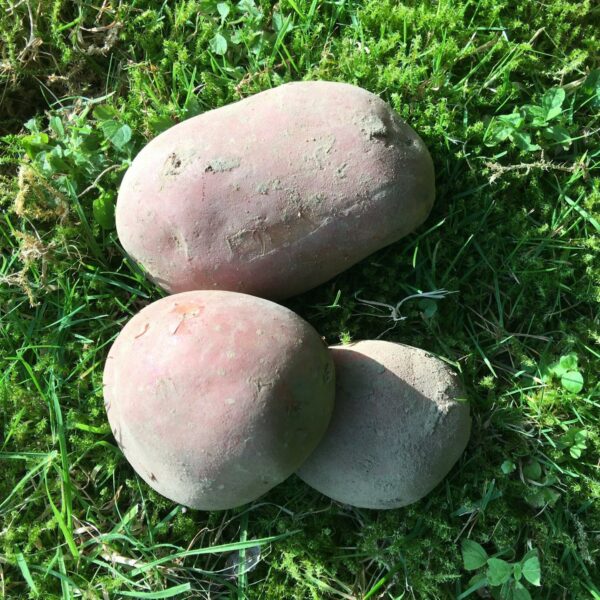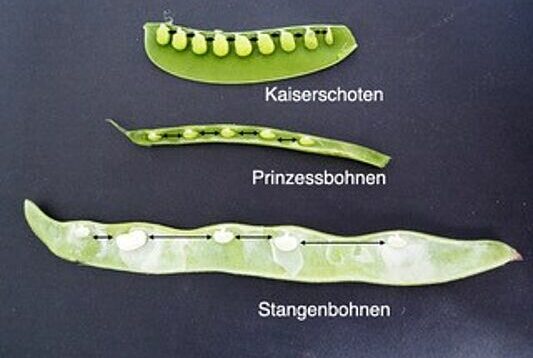
The SPS-CEPLAS Summer School 2024, united young scientists and researchers to address climate change through plant science. The Global Plant Council led a workshop on science communication for emphasizing the importance of conveying complex research to broader audiences effectively.
Read More


